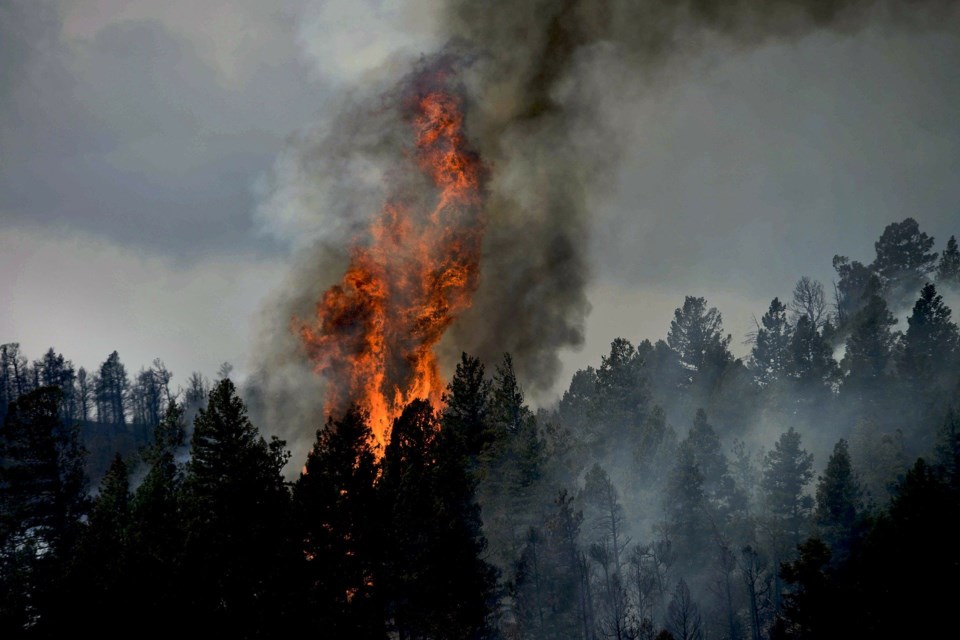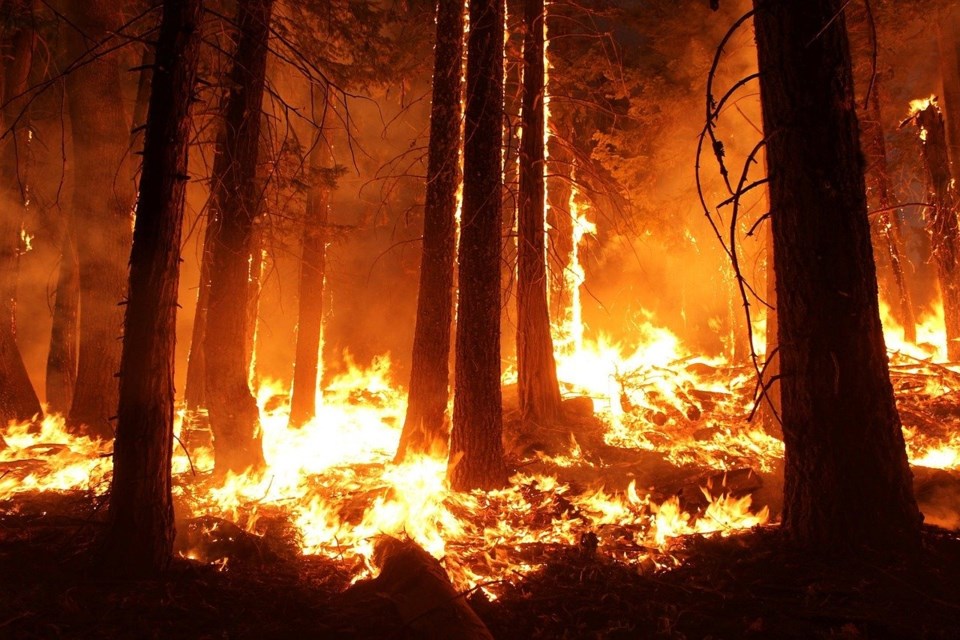With four major wildfires burning in the state and over 175,000 acres burned, I thought it might be a good time to talk about fire ecology.
According to the National Park Service, fire ecology studies the relationship between fire and the ecosystem. Fire can be a natural part of ecosystems, and is needed periodically to renew the landscape and allow for new growth to occur when a forest has gotten old.
Not all fires are bad. According to Colorado State University, fires benefit plants and animals by creating new seedbeds, making more nutrients available, killing off invasive species and creating new wildlife habitat.
Sometimes, fire occurs outside of its natural cycle which may be damaging to ecosystems and wildlife. The National Park Service estimates that about 85% of forest fires are started by humans, usually by carelessness. Fire has been excluded by human activities in certain areas according to Colorado State University. Some areas actively practice fire suppression, but in other areas, fires can be suppressed by logging activities and clearing of land to build homes. Fire exclusion can lead to more intense fires when they do occur.
Many species in the Rocky Mountains have adapted to withstand periodic fires.
It is important to understand the difference between surface fires and crown fires. Surface fires stay close to the ground whereas crown fires move through the treetops.
 Wildfire-78114_1920 is from Colorado downloaded from Pixabay, image by David Mark: https://pixabay.com/photos/colorado-fire-sky-clouds-smoke-78114/
Wildfire-78114_1920 is from Colorado downloaded from Pixabay, image by David Mark: https://pixabay.com/photos/colorado-fire-sky-clouds-smoke-78114/ Ponderosa pines have adapted to withstand surface fires. The pine trees usually grow spread apart so that each tree can absorb nutrients in regions that are typically dry. This allows vegetation to grow between the trees. Ponderosa pines are self-pruning because their lower limbs fall off naturally. This makes it hard for any surface fire to actually get up into the tree. Ponderosa pines have thick bark which helps them withstand fire. If fire develops in the crowns of the pines, which is natural, it can kill them. Wildfires tend to move through ponderosa forests every 40 years.
Lodgepole pines grow in dense forests and depend on fire for forest renewal. When a fire burns a lodgepole pine forest, it is usually a crown fire. Fires tend to occur in these forests every 100 years. Lodgepole pines produce cones with thousands of seeds sealed in with a flammable resin. Forest fires melt the resin and release the seeds. The fire destroys the dense stands of lodgepole pines so the seeds have space and sunlight to grow.
Spruce and fir forests tend to exist in areas that receive more moisture, which makes them fire resistant. Fires come through these forests about once every 300 years. When fire does occur, it is usually due to drought.
After a fire goes through an area, secondary succession begins. This means certain plants, such as aspen and fireweed, begin to grow quickly. This is followed by grasses and eventually, shrubs and trees. As trees get bigger, vegetation that is more tolerant of shade will replace less shade-tolerant species. Eventually, the forest matures and the cycle starts over again when another fire comes through.
Many people wonder how to help wildlife that are fleeing the fires. The Routt County Office of Emergency Management recommends people be aware that wildlife will be fleeing the fires and they need to protect their own animals by bringing them in at night. It is not a good idea to feed the wildlife, but officials suggest residents put water out for them. Wildlife are going to be exhausted from fleeing from the fire and will not have as much access to water sources as usual. They could be dehydrated. Putting water out for them will allow them to continue on to find a safe place without endangering you or your pets.
Although we tend to think of wildfires as a bad thing, it is important to remember that fire is beneficial to many ecosystems. It is a natural part of the life cycle of a forest. Human habits have disrupted the cycle, potentially causing more severe fires as a result.
The thoughts and opinions offered in this column are intended for entertainment and informational purposes only. Use of this column is not intended to replace or substitute for any professional, financial, medical, legal, or other professional advice.
The Longmont Leader accepts contributions, photos, and op-eds for publication from community members, business leaders and public officials on local topics. Publication will be at the discretion of the editor and published opinions do not represent the views of The Longmont Leader or its staff. To submit a contribution, email [email protected].



